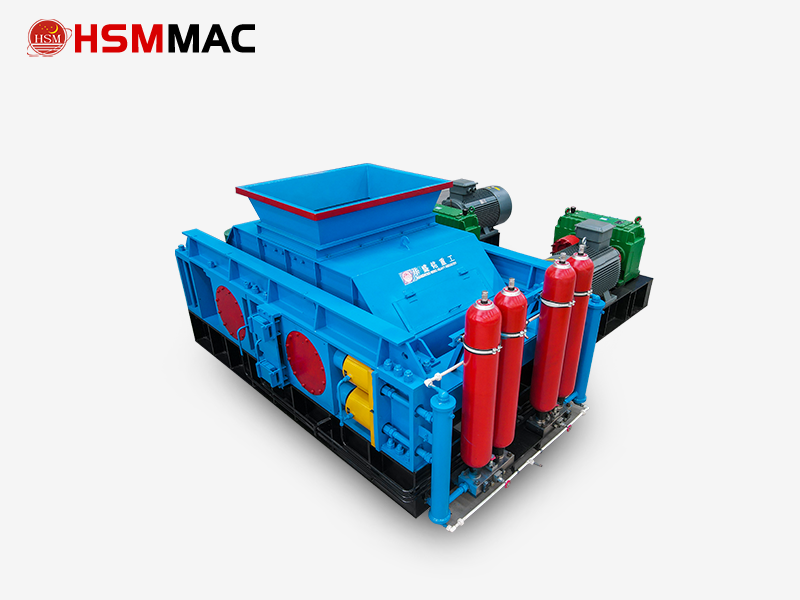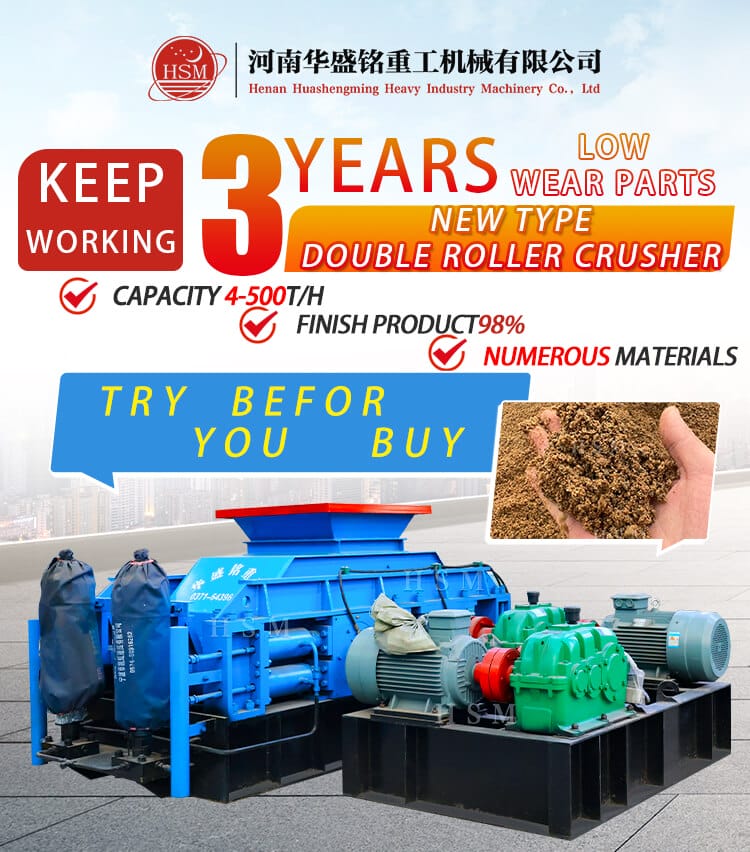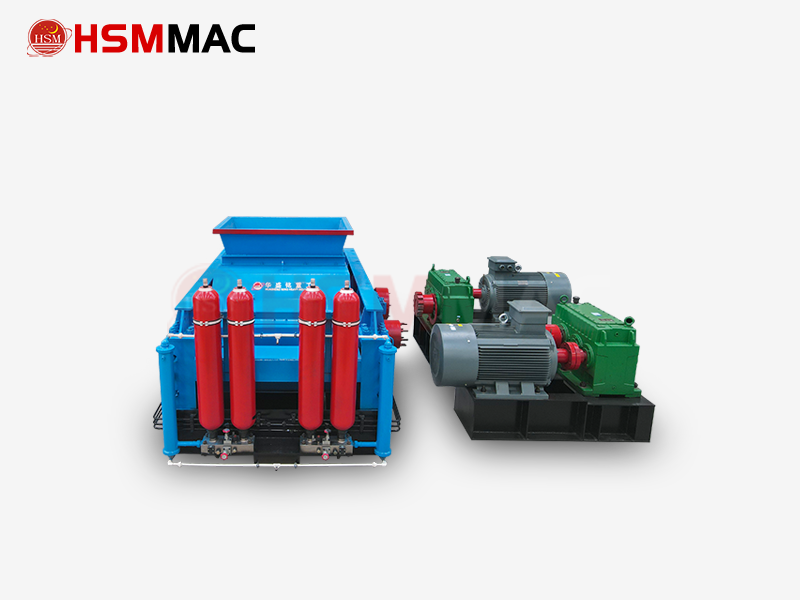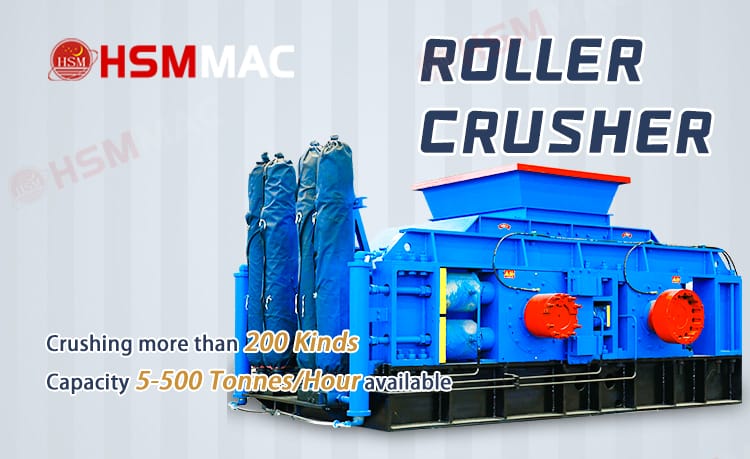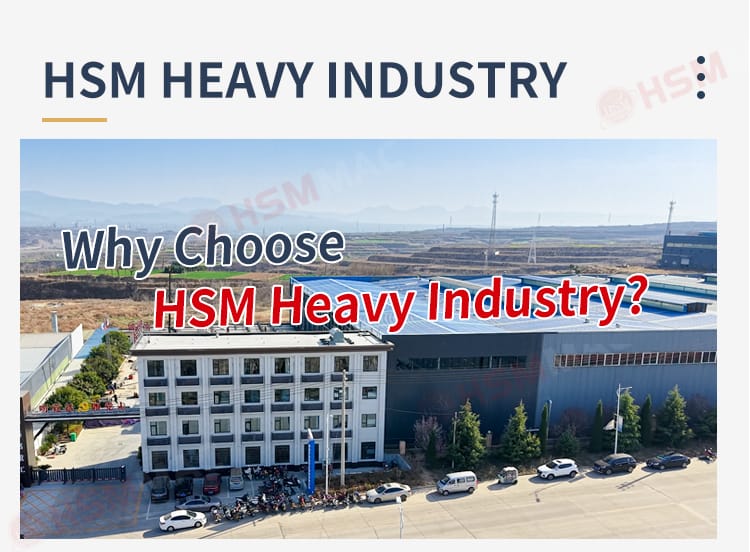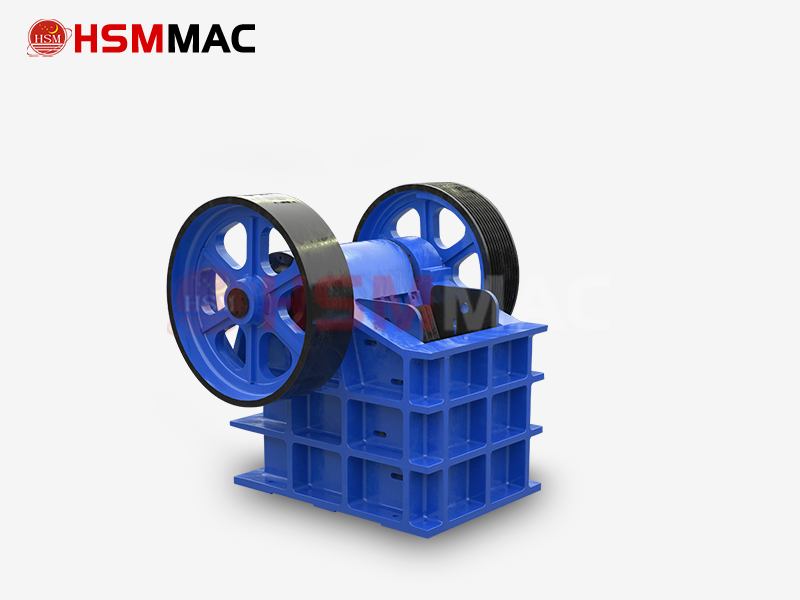What is a roller crusher?
Roller crusher (also known as double-roller crusher, roller sand making machine) is a kind of mechanical equipment to achieve crushing through two oppositely rotating rollers to squeeze the material, mainly used for medium and fine crushing of medium-hardness materials (such as limestone, coal, pebbles, etc.), is widely used in the cement, metallurgy, chemical industry, electric power and building materials and other industries.
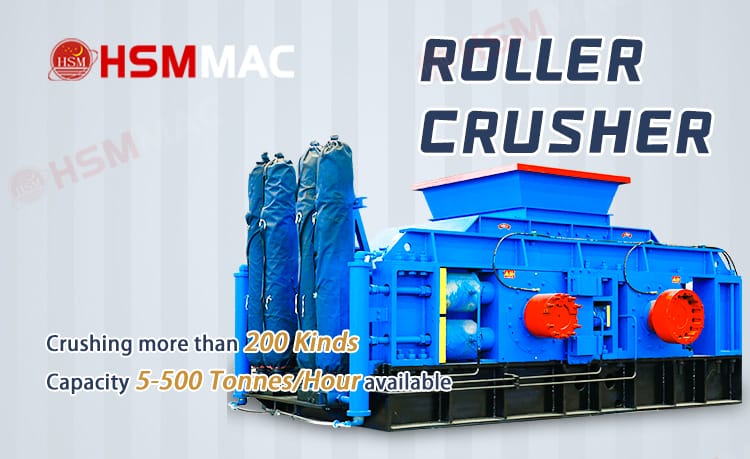
1. Core structure and working principle
Basic structure
Roller: the core working part, divided into fixed rollers and movable rollers, the surface can be designed as smooth or toothed (toothed roll crusher), the material should be wear-resistant.
Adjustment device: Adjust the gap between the two rolls (0.5-50 mm) by wedge or shim to control the granularity of the material (e.g. if the wedge is moved up and the gap is increased, the material will become coarser).
Driving system: double motor drive, through the triangle belt to drive the roller reverse rotation, some models are equipped with hydraulic spring overload protection device.
Auxiliary components: support bearings, safety cover, iron removal device (to prevent damage to the roller by metal foreign objects).
Working Principle
The material falls into between the two rollers from the inlet, and is subjected to 50-200 MPa high pressure extrusion and grinding, and then crushed into the target size (usually 2-40 mm) after internal cracks are produced, and discharged from the bottom frame. The crushing process also has the function of ‘screening’ to reduce over-crushing.
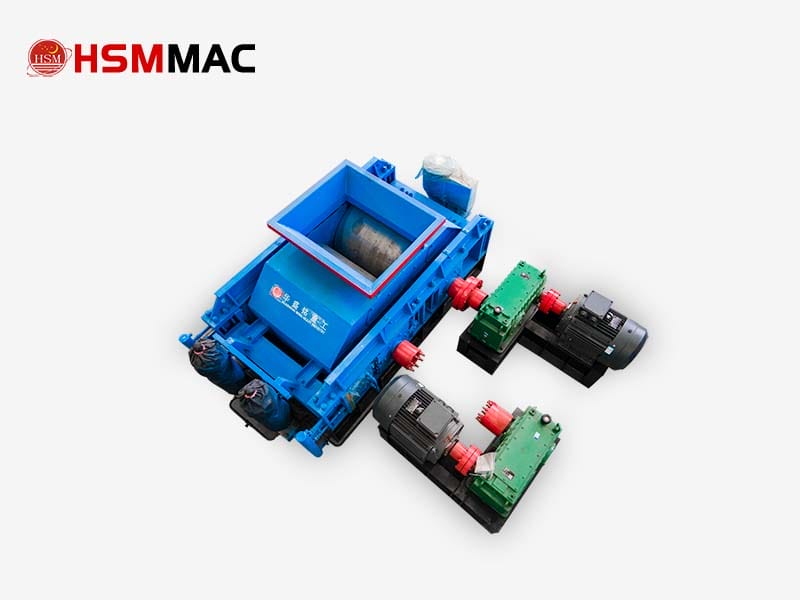
2. Classification of Roll Crushers
Classification according to the number of rolls and surface structure
Number of rolls: double rolls (the most common), four rolls (e.g. four-toothed roll crusher for primary crushing of furnace coal in circulating fluidised bed boilers).
Surface structure:
Smooth surface roll: mainly extrusion grinding, uniform discharge, suitable for fine crushing.
Toothed roll: with serrated surface, crushing large materials by splitting, large crushing ratio, excellent anti-clogging.
3. Application Scene and Advantages
Applicable industries and materials
Industry: mining beneficiation, cement production, thermal power generation (such as gangue crushing), metallurgy and smelting.
Typical materials: limestone, coal, river pebbles, coal gangue, medium hardness ore.
Core Advantages
High efficiency and energy saving: the crushing ratio reaches 5-8, the over-crushing rate is low, and the unit energy consumption is 30% lower than that of traditional equipment.
Flexible adjustment: Discharge particle size can be adjusted in real time by mechanical or hydraulic device.
Strong adaptability: supports dry/wet material crushing, and the toothed-roll model has automatic blockage clearing function.
Easy maintenance: modular design, replaceable roller skins, centralised lubrication system to reduce maintenance costs.
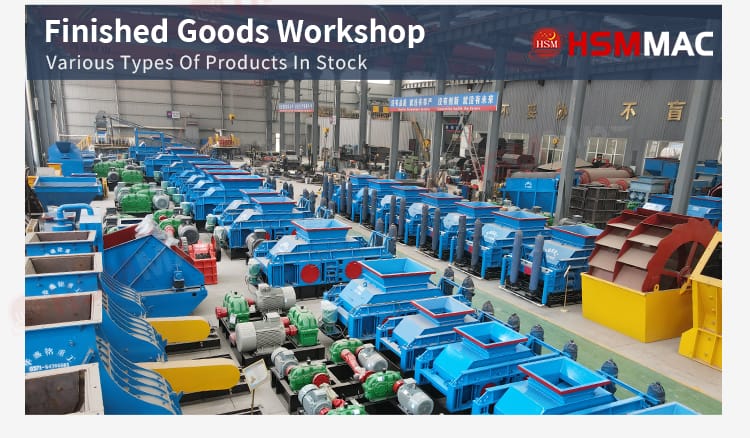
4. Precautions for use
Safety Protection
Iron remover must be installed to prevent the rollers from being damaged by metal foreign objects; the transmission parts need to be equipped with a safety cover.
When dealing with viscous materials, it is necessary to stop the machine to clear the blockage and avoid poking the ore during operation.
Operation and maintenance
Regularly check the wear of the roller surface, adjust the gap or replace the roller skin in time (wear will lead to too fine material).
Bearing temperature rise should be controlled within 30°C, and noise ≤80dB when running under load.
Lubricate the bearings every shift and make sure the pressure of hydraulic/spring system is normal.
Roll crusher has become the core equipment in the field of medium and fine crushing with the advantages of simple structure, controllable particle size and low energy consumption. The double roll model is highly versatile, and the four-tooth roll model can replace the secondary crushing system in scenarios such as coal pre-processing, significantly reducing investment costs. Reasonable selection (e.g. toothed roll to deal with large materials, glossy roll in pursuit of fine crushing) and standardised maintenance can maximise equipment efficiency and life.










